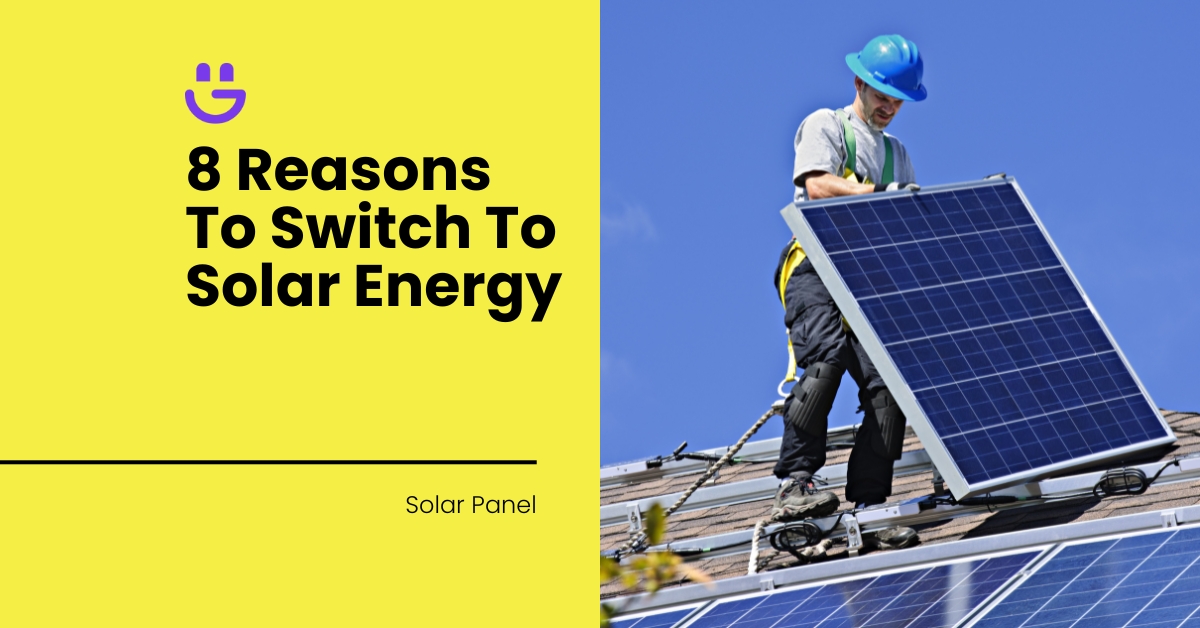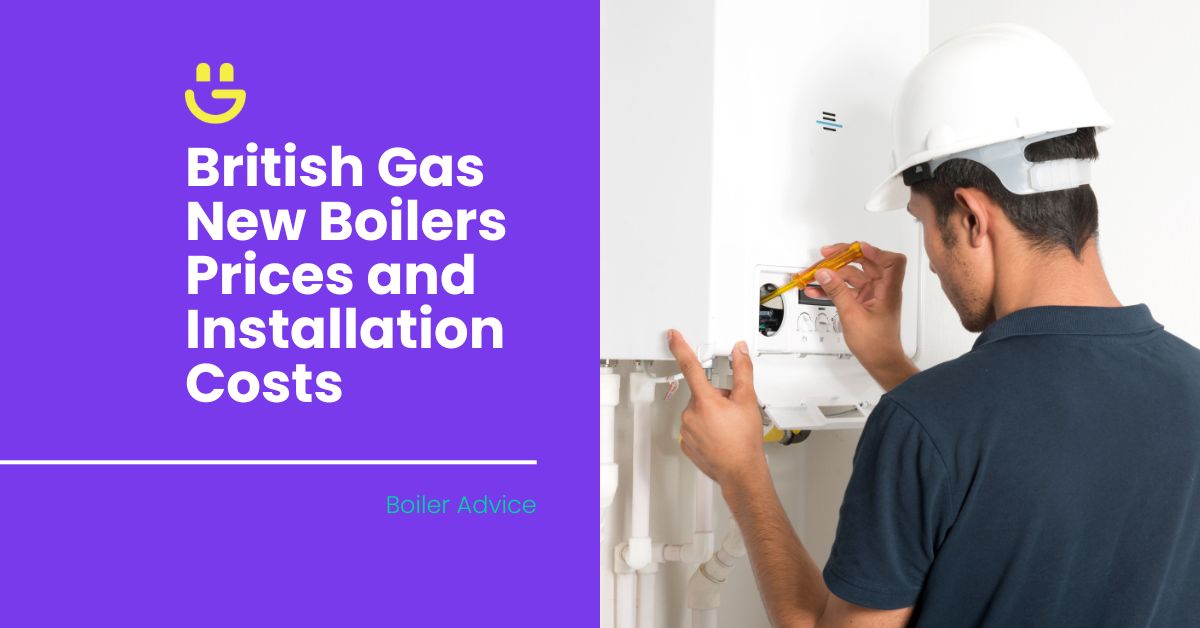Last Updated on November 14, 2025
Yes, solar panels can indeed be installed on rubber roofs. Rubber roofs, also referred to as membrane roofing, are most often made from synthetic rubber, modified bitumen or thermoplastic. This kind of roofing material has many desirable qualities that make it a perfect foundation for solar panel installation.
Rubber roofs are predominantly found on buildings with low-sloped or flat roofs as well as on RVs. Rubber shingles are also available for pitched roofs but are not considered suitable for slanted roofs.
The installation of solar panels on a flat roof covered by Ethylene Propylene Diene Monomer (EPDM) material has been found to be quite cost-effective, efficient, and eco-friendly.
Membrane roofing is still a relatively new concept but many modern homes and businesses have opted for this roofing material for its many attractive benefits. Since it is adorned on mostly flat roofs, there is the added bonus of not having them affect the outward appearance of your property.
Solar panels and membrane roofs make for an excellent pairing. We will discuss the unique benefits, the solar panel installation processes, costs, and other viable solar options for a rubber roof. The majority of the information here will relate to low-sloped and flat roofs.
Contents
- 1 How Are Solar Panels Installed On Rubber Roofs?
- 2 How Long Does It Take to Install Solar Panels On A Rubber Roof?
- 3 How Much Does It Cost to Install Solar Panels On Rubber Roofs?
- 4 Advantages And Disadvantages Of Installing Solar Panels On Rubber Roofs
- 5 Get A Solar Panel Installation Quote Today
- 6 FAQs
- 7 Our Verdict
How Are Solar Panels Installed On Rubber Roofs?
The installation process on membrane roofs tends to be quicker and simpler compared to roofs made from other materials. Firstly, if the roof in question is flat or low-sloped, the accessibility is already easier.
If at all possible, installers should be putting solar panels in a south-facing direction and mounting them at a 20°- 50° angle to maximise their efficiency. Solar panel installation on rubber or membrane roof follows pretty much the same process as any other installation:
1. Assessment, survey and permits
Before you install solar panels, your roof, and surrounding areas must be assessed. Any required permissions will also need to be granted before installation commences.
2. Scaffolding
Scaffolding is secured to the building and areas where the solar panels will be installed are mapped out.
3. Attaching mounting systems and the rails
The mounting system and rails are attached to flat roofs with rubber surfaces either by mechanical installation, bonded installation or weighted installation.
This step is where installation on rubber roofs sets itself apart. The most significant difference here is that there is no need for tiles to be removed and replaced during the securing of the mounting systems. Various mounting systems can be used for these roofs. The installation methods of these systems also differ.
Mechanical installation
The mechanical installation is most similar to the standard way of securing mounting systems to roofs. The framework is secured directly into the building roof. This kind of attachment has the highest wind uplift resistance. Great care must be taken to seal and weather all the areas where mechanical fixings have been inserted to ensure there is no leakage.
Bonded installation
Bonded installation requires the rail to be attached directly to the roof surface either by bonding or welding. There is no penetration to your roof membrane which means no need for sealants and no leaks.
Ballasted or weighted installation
For ballasted installation, the solar panel system is not fixed or bonded to the roof structure but instead held in place by carefully calculated weights. The calculation of these weights ensures that the solar panels do not get blown off during particularly windy days.
This is considered to be the cheaper option for installation. Installations of this nature are not suited to buildings over 20m or buildings adjacent to train tracks. A low-pitched, sturdy roof is best suited to this technique.
4. Installing solar panels
Once the mounting system, framework and rails have been secured, the solar panel arrays are fitted.
5. Connecting to the inverter
The panels are then connected to the inverter to convert the direct current (DC) into alternating current (AC). If a solar battery is included in your installation process, this is when it would be fitted to the inverter. The inverter is then connected to the property’s fusebox.
6. Running connectivity checks
Once everything has been installed, a connectivity test is carried out to ensure that all components are working properly.
7. Debriefing from the installer.
Your installer will give you a run-through of your solar panels and register your newly installed system with the MSC.
How Long Does It Take to Install Solar Panels On A Rubber Roof?
The standard amount of time for solar panel installations on residential properties is generally between 4 – 6 hours or 2 days at the most. Commercial building installations can be anywhere between a day and several weeks, depending on the size of the job.
The installation on a membrane roof is generally quicker than that of a slate roof, for example. This may vary according to which of the mounting systems and techniques is used. The timeframe for an installation to be completed can be made longer depending on the size of the roof, and the number of panels being installed.
How Much Does It Cost to Install Solar Panels On Rubber Roofs?
The average solar panel cost for rubber roofs is between £9,000 and £12,500 (including installation). Generally, the installation costs are lower for flat roofs compared to sloped ones, despite the additional costs of tilted mounting systems. The use of ballasts can also be between £60 to £120 per kilowatt. Costs for any solar panel installation can fluctuate given the following factors:
- Size of the system
- Difficulty of the installation
- Whether a solar battery is included
- Type of mounting
Below is a breakdown of what you could expect to pay for solar panel installation on the membrane roof. The prices shown below include materials, installation, and solar batteries.
| House Size | System Size (kW) | Number of Panels Required (350W) | Number of Panels Required (450W) | Average Cost incl Installation | Solar Battery Cost | Average Cost incl Solar Battery |
|---|---|---|---|---|---|---|
| 1-2 bedroom | 3kW | 8 | 6 | £7,000 – £8,000 | £2,500 – £3,500 | £9,500 – £11,500 |
| 2-3 bedroom | 4kW | 10 | 8 | £9,000 – £10,000 | £3,500 – £4,000 | £12,500 – £14,00 |
| 3-4 bedroom | 5kW | 13 | 10 | £11,000 – £12,000 | £4,000 – £5,000 | £15,000 – £17,00 |
| 4-5 bedroom | 6kW | 16 | 13 | £12,000 – £13,000 | £5,000 – £7,500 | £17,500 – £20,500 |
Advantages And Disadvantages Of Installing Solar Panels On Rubber Roofs
There are pros and cons to every situation, and this also applies to installing solar panels on flat rubber roofs.
Advantages
Installing solar panels on a flat rubber roof structure can be highly advantageous. The installation process will be quicker and easier, and the reflective surface of the roofing material will provide more solar absorption.
Disadvantages
Solar installation on flat roofs may limit the number of panels you are able to fit onto your roof surface. Flat roof solar panels must allow for space between each row. A lack of sufficient spacing may cause neighbouring panels to cast shadows on the row behind, thus limiting its efficiency.
Get A Solar Panel Installation Quote Today
If your home or business has a rubber roof, installing solar panels will be a wonderfully energy-efficient investment. Start lowering your energy bills and your carbon footprint, and contact Eco Happy today for a free installation quote. Or message us for any queries or advice you may have about your roof.
FAQs
Are there grants for solar panel installation in the UK?
Property owners in the UK can take advantage of the ECO4 (Energy Company Obligation) Scheme. This grant is available to low-income households who want to make energy-efficient improvements to their homes. This includes solar panel installation. Eligible applicants may receive a free solar panel system This grant is available until March 2026.
Why are membrane roofs considered sustainable?
EPDM roofs last in excess of 50 years. This, combined with their extreme durability and low maintenance means they are less likely to require replacing. Other roof structures may require replacing or major maintenance every 20-25 years. The actual roofing material is fully recyclable. Some sheeting is already made from recycled materials.
Our Verdict
Installing solar panels on a rubber roof is an extremely viable option regardless of whether it is a flat or sloped roof. This kind of roofing material is ideal for the solar panel installation process and lends itself to being, highly efficient and sustainable.
The integrity of the EPDM roofs adds further insurance to the longevity of your solar panels. We would highly recommend installing a solar panel system on this type of roof membrane.





Tom Allen
Solar Expert